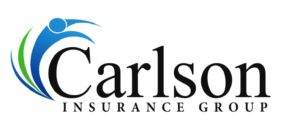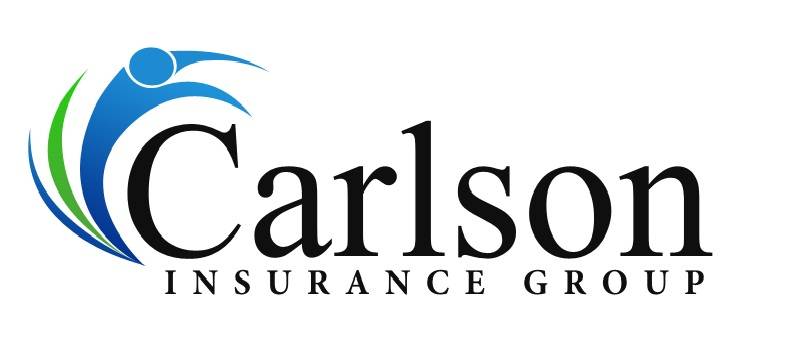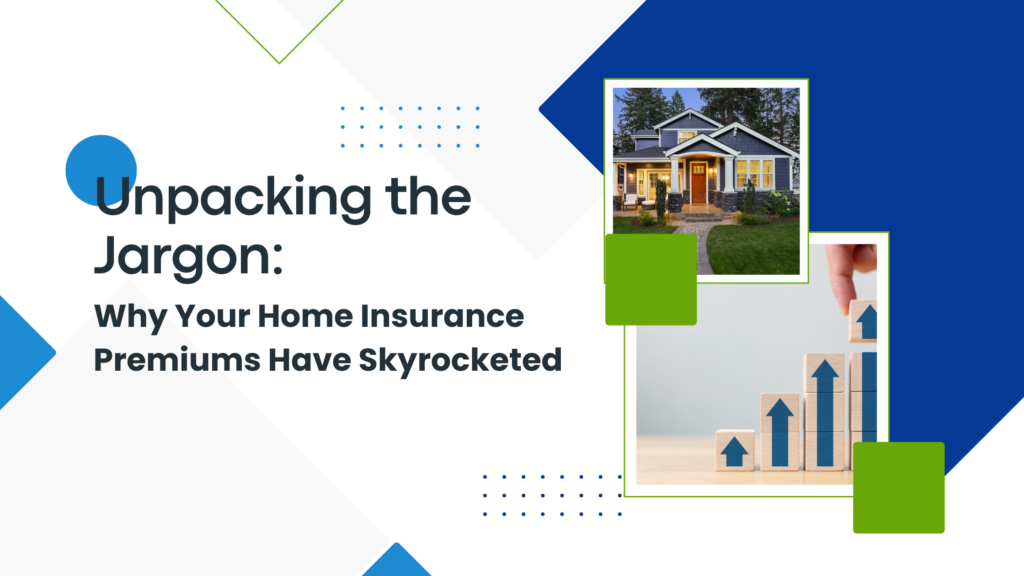Home insurance, once a mundane aspect of adulting, has stepped into the limelight with skyrocketing premiums that baffle and concern homeowners. But what’s really going on behind the scenes? In this deep-dive blog post, we’ll dissect the complexity of the home insurance industry and demystify the factors that are contributing to the surge in premiums. If you’re eyeing that renewal notice with apprehension, by the end of this read, you’ll be more than just an informed consumer — you’ll be a savvy one.
The Insurance Gridlock
The consumer angle of rising premiums is a tale as old as homeowner’s insurance itself. People gleefully invest in coverage to protect their most valuable asset, only to be flabbergasted by the exorbitant premiums at renewal time. The blame is often thrown to sheer bad luck or the insurance companies’ insatiable appetite for profit, but reality is both simpler and more intricate.
At its root, the uptick in premiums is influenced by several critical factors. One of the most fundamental is the concept of risk. Insurance is, after all, a glorified risk-assessment game. And when the stakes are high — such as the case with hurricanes, wildfires, and other natural disasters — the insurance industry adjusts to manage the rising risks by moving money around, which directly impacts policyholders’ wallets.
Looming Large: The Weather Factor
Climate change is playing a decisive role in this premium debacle. Extreme weather events are becoming more frequent and severe, causing a domino effect within the insurance industry. Catastrophe risks are assessed using historical data, which, with climate change, is less and less reliable. With the weather becoming more volatile, insurance companies must prepare for larger and more frequent payouts due to weather-related damages, hence the regulated, yet reactionary, hike in the premiums.
For homeowners in high-risk areas, these changes can be especially hard-hitting. The seemingly paradoxical situation where premiums spike as coverage dwindles — via increased deductibles and policy exclusions — is a direct result of the industry’s attempt to mitigate the growing threat from climate change and its impact on weather patterns.
The Reek of Risk Pooling
Risk pooling, the basis of all insurance, is under strain. Traditionally, a large pool of policyholders contribute premiums, with the expectation that only a small percentage will make a claim at any given time. The system falls apart when a massive, claim-inducing event occurs. This redistribution of risk results in more expensive premiums across the board, even for those who have never made a claim.
Another factor is the demographic shift. Aging populations tend to make more healthcare and long-term care claims, younger participants of insurance risk pools are at times unwilling or unable to contribute, and the inequality in systemic payouts can cause a ripple effect in other areas of insurance, such as property damages and theft.
Technological Challenges
Technology, typically viewed as a solution to problems, is simultaneously compounding them within the insurance industry. On one hand, sophisticated modeling and predictive analytics help insurance companies better forecast risks, allowing for more granular pricing (meaning you might pay less if you live in a low-risk area). On the other, the very tools that streamline the insurance process and mitigate fraud are costly investments. These costs are then transferred to the consumer, adding more digits to those premium numbers.
An often overlooked tech-related expense is cybersecurity. With the digital age in full swing, cyber-related claims are rising, prompting insurance companies to enhance and adapt their cybersecurity protocols. R&D in these fields are complex and don’t always result in a positive ROI in the short term, once again, leading to an uptick in premiums to cover these burgeoning costs.
Regulatory Riddle
The regulatory landscape is no less confusing. Insurance laws, mandates, and regulations vary widely, creating a patchwork of standards that insurers must adhere to. Compliance with these diverse regulations is not only expensive but also time-consuming, which ultimately impacts consumers in the form of higher premiums. In addition to these operational expenses, compliance overhead can lead to a ‘risk premium’ — an increment in rates to cushion against unexpected regulatory changes or fines.
The Claims Caseload
It’s also important to consider the recent surge in claims volume. Economic recessions and natural disasters can spike claim rates, with more people filing claims for damages to their homes or businesses. This shift has led to a more conservative claims handling approach from insurers to manage their own risk, which again trickles down to consumers in the form of higher premiums.
Remodeling the Cost of Materials
Construction costs are not what they used to be. Whether it’s due to a demand surge after a major event that requires rebuilding, the rising costs of materials, or changes in the -often-decried- labor market, rebuilding or repairing a home is far more expensive than in the past. All of these costs intersect with the insurance industry, prompting an overhaul in the way claims are valued and thus leading to higher premiums for policyholders.
The remodeling and housing market lull are prompting a shift in how insurers appraise damages, as building materials and replacement value for homes constantly rise. This often means insurance companies are more likely to declare a partial or ‘functional’ loss after significant damage, which can be problematic for policyholders who now find themselves under-insured.
The Broader Economic Spectrum
Economic conditions play a role in the trends of home insurance premiums. In times of economic growth, consumers typically acquire more assets, leading to a higher demand for insurance. During economic downturns, the opposite tends to occur, with consumers dropping or downsizing their insurance plans, leading insurance providers to recoup losses by raising premiums. Similarly, interest rates influence the investment income of insurance companies, which can affect the pricing consumers face.
Demystifying Deductibles
Home insurance deductibles are often misunderstood, but they’re a huge piece of the premium puzzle. High deductibles mean lower premiums, at least initially, but they also mean policyholders shoulder more of the financial burden when a claim is made. Understanding how these variables affect the total cost of insurance is essential for homeowners looking to balance their risk with affordability.
Proactive Policy Management
A way to combat rising premiums is through proactive policy management. Regularly reviewing and updating your policy’s covered perils, values, and deductibles, as well as searching for better rates through comparison shopping, can help keep premiums at bay. Additionally, home improvements that mitigate risk, such as upgrading security systems or fortifying against natural disasters, can sometimes lead to discounts.
The Diminished Role of FICO Scores
Credit scores have historically played a significant role in determining insurance premiums, a practice that has come under criticism for its potential to unfairly impact lower-income policyholders. Some states are moving to restrict or eliminate the use of credit scores in underwriting and pricing, which could have a significant impact on premium rates and the underwriting process.
Understanding the multifaceted world of home insurance premiums can be empowering. It equips homeowners with the knowledge needed to advocate for themselves, ensure they’re appropriately covered, and possibly even save a few dollars. By staying informed about the industry’s shifts and the intricate web of factors that contribute to premium costs, homeowners can work towards a future where their insurance protection aligns with their financial reality. The key takeaway from this examination is that while the insurance gridlock is real, it’s not insurmountable, and with greater understanding, we can all make more informed choices when it comes to protecting our homes and what matters most to us.






